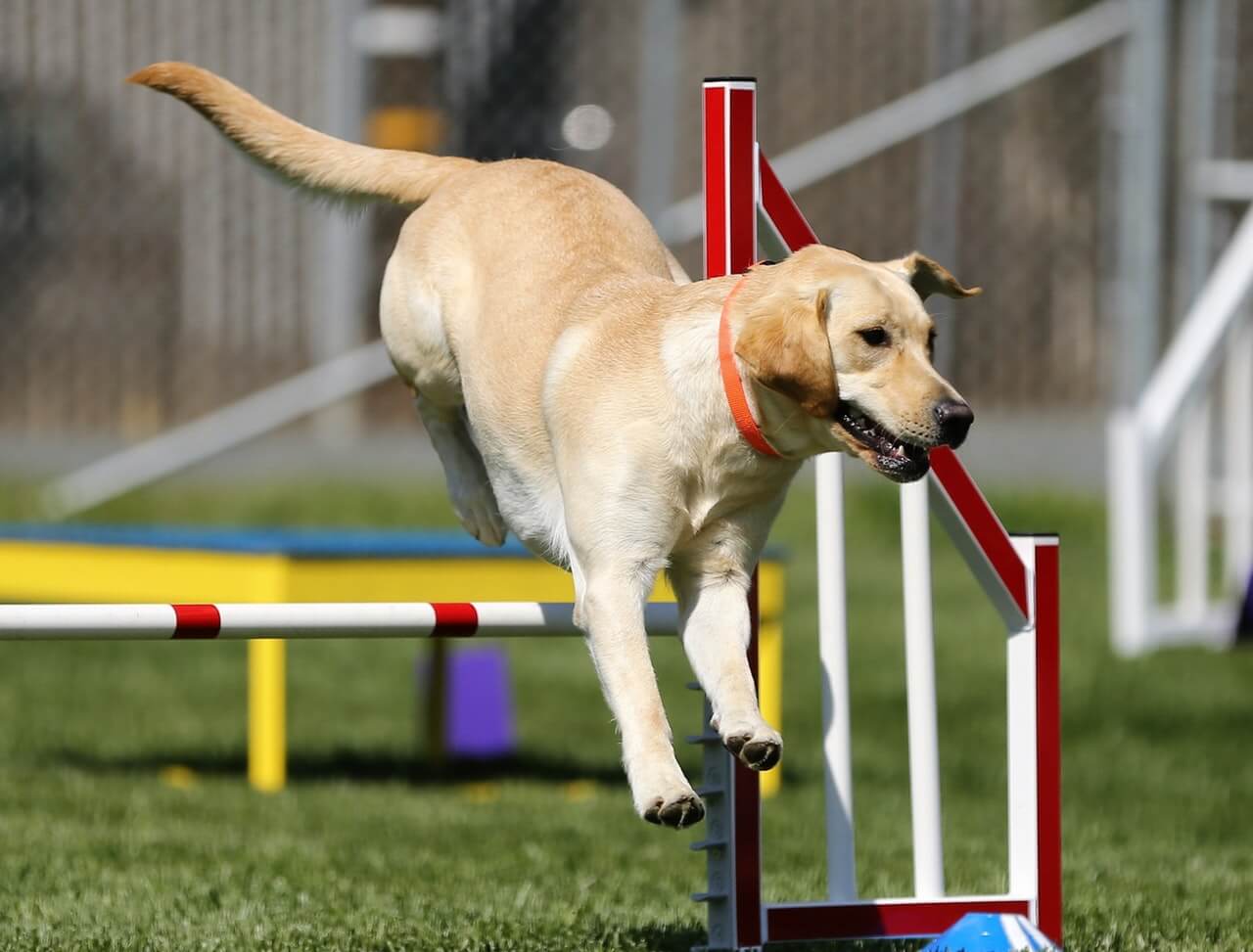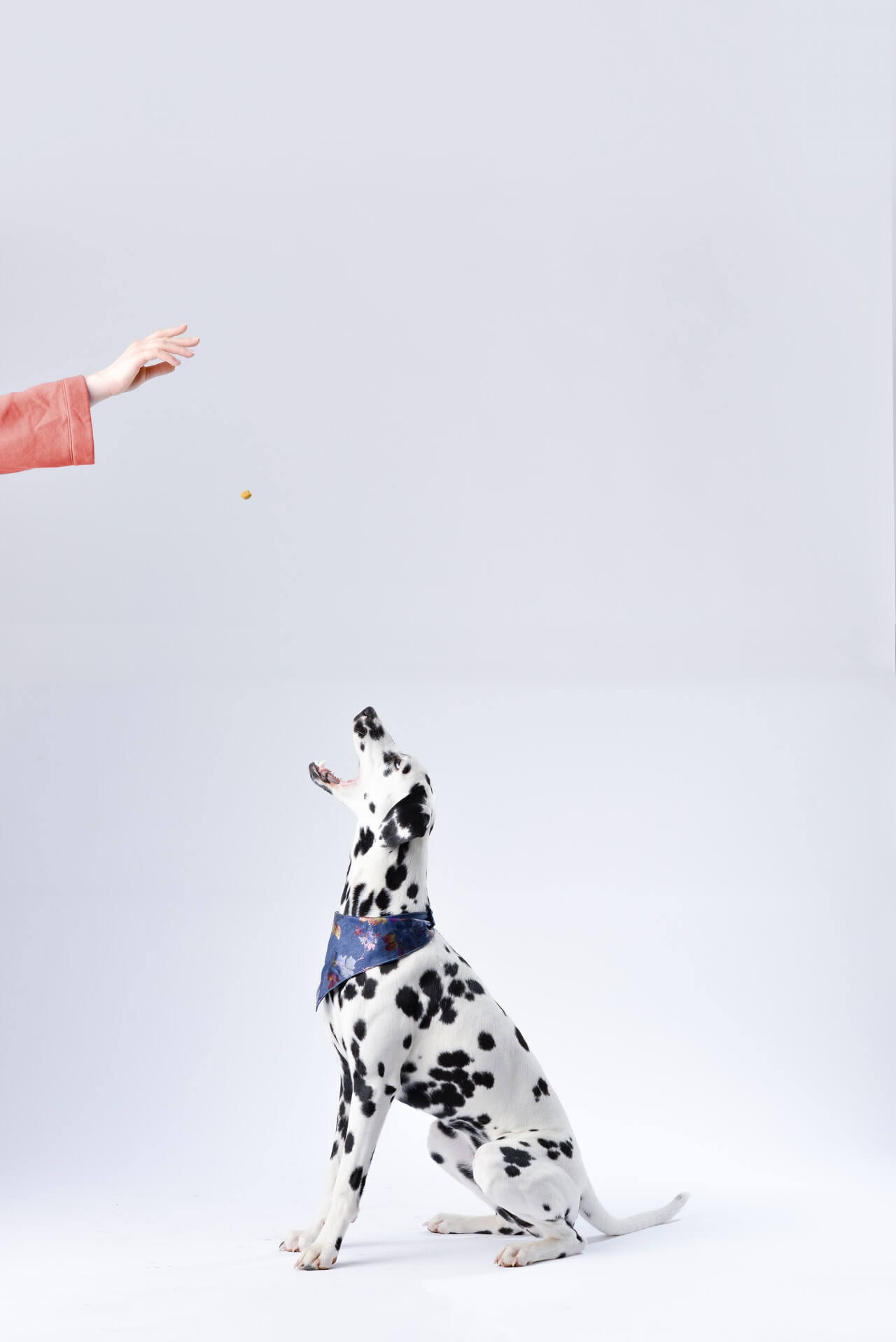2020-07-17

Using an appropriate method to discipline a dog can directly affect the dog’s behavior and reduce a variety of problems in your further life. Positive reinforcement, recommended by many specialists, is one of the most effective ways to train both domesticated dogs and working dogs. Positive reinforcement not only benefits in dog training but also occurs naturally in human life. For example, if you receive praise or a bonus from your manager because of your hard work, the affirmation as a kind of positive reinforcement is likely to motivate your passion for work and you will make an effort to work well in the future.
The common positive reinforcement we know are treats, praise, affection, and playtimes (like games, walks, and trips), but do you apply them properly during the daily training? Some inappropriate behaviors that we can easily ignore would send the wrong message to your dog and bring you unwanted results. Therefore, it is necessary for an owner to relearn how to train a dog with positive reinforcement.
What you should do
1. Reward desired behavior immediately
You should respond to your dog’s behavior consistently and immediately as dogs are living in the moment. In other words, once your dog does something you want, immediate rewards, such as treats and affection, for example, can let him associate with good things. For example, if you are potty training your dog outside, give him a treat every time he does his business in a special spot. You could also add a command like “go potty” when he is ready to evacuate the bladder, and then quickly offer him treats if he does. Repeating the steps every day can strengthen his impression and make him realize that doing his business outside can get treats but nothing if he does it at home.
2. Keep training sessions short and upbeat.
Keep in mind that dogs are active but can not focus on things that are boring for a long time, much like a kid. Therefore, it is important that the training, in addition to systematic, is also short and entertaining. The positive reinforcement and shortening of the training sessions can greatly increase the interest of your dog and promote the motivation for further training. However, to boost their memory, you should increase the training time and consistently stimulate their passion with various positive reinforcements, such as lengthening the playtime.
3. Weaning from treats
When your dog can absolutely obey your cues to show the desired behavior, you should gradually wean him from the treats, but continue to give praise and affection. Eventually, your praise is also a great reward, and your pup will forget about the treats and please you by doing what you want.

What you should not do
1. Punishment and scolding
In most cases, it has been found that a fearful dog does not respond well to punishment and scolding. If your pup is scared of certain people and situations, using punishment methods might increase his fear and invalidate the training.
2. Sometimes show your dog that you are angry and disappointed. Dogs are more sensitive and social than we image. They can observe people’s emotions (including anger and happiness) and reflect different situations. For example, if you get angry because your pup urinates on the carpet while you are at home, the dog may misunderstand you and pee there again after you leave home.
When you get frustrated, do not share your depression with your dog. Try to take a deep breath and remind yourself that “he is doing his best now”. Then start again with an encouraging tone in your voice coupled with irresistible treats.
3. Stop correcting inappropriate behaviors
Some owners do not know how to correct big mistakes of dogs without punishment. Could positive reinforcement “encourage” their inappropriate behavior? This is absolutely not true, as positive reinforcement is used to help your pup do what you want him to do, such as rewarding him for “doing potty” outside. This is a process for correcting unwanted behavior. What you should do is to keep calm and ignore the temporary error.